Emperor Taisho’s Period of Japanese history. The Taisho period started on 30 July 1912 and ended on 25 December 1926. The period indicates the reign of Emperor Taisho. The Taisho Period is also known as the Taisho Democracy.
The period is noted from the preceding Meiji period and followed the Showa period. In the article, I will discuss the Taisho period successively. If you are also devoted to knowing the period, please follow the article attentively.
Emperor Taisho’s Period
The Taisho period about Emperor Taisho was born on 31 August and died on 25 December 1926. Emperor Taisho was the 123rd emperor in Japanese history. He governed as the emperor of Japan from 30 July 1912 to 25 December 1926 until his death.

Emperor Taisho’s Period
Emperor Taisho’s real name was Yoshihito. After getting the throne, he was known as Emperor Taisho. The name Taisho was taken from a passage of Classical Chinese. Now I am going to provide here elaborate information about the Taisho period serially. Please, continue reading.
The First World War
In the Taisho Period, The First World War happened. World War I allowed Japan, which fought on behalf of the victorious kindred Powers, to extend its territory in Asia and the Arctic Pacific. On August 23, 1914, Japan proclaimed war on Germany and instantly assumed German-leased reigns in Shandong, China, Mariana, Caroline, and the Marshall Islands.
After the Imperial Russian government’s fall in 1917 after the Bolshevik Revolution, Japan’s power in Asia increased. To confiscate the opportunity, the Japanese army planned to be worth Siberia west of Lake Baikal. To do this, Japan had to negotiate with China to allow Japanese troops to transport through the Chinese reign.
Japanese Response
The post-war era brought unexampled enrichment to Japan. In 1919, Japan attended the Peace Conference in Paris and was officially recognized as one of the world’s largest military and industrial powers and one of the “Big Five” countries in the new international order.
The goals announced by the Japanese Communist Party in 1923 also included the unification of the working class. As a farmer, the recognition of the Soviet Union and the withdrawal of Japanese troops from Siberia, China, Korea, and Taiwan.
In the years that followed, the authorities tried to suppress the group, especially after the Toronmon incident, when an attempt was made to assassinate Prince Regent Hirohito, a fierce student under Japanese Marxist thinkers’ influence.
Foreign Policy Of Emperor Taisho’s Period
Now I will discuss the foreign policy in the Taisho period. An international inclination point in military diplomacy was the Washington Conference of 1922-22, which created multiple agreements affecting a new order in the Pacific.
Japan’s economic problems made it almost impossible to build a navy and realizing the need to compete with the United States economically rather than militarily became mutually exclusive.
Japan has taken a more neutral stance towards China’s civil war, abandoned efforts to expand its dominance in China properly, and has joined the United States, Britain, and France to promote Chinese self-development. Nine powers In February, Belgium, China, the Netherlands, and Portugal signed the Nine-Power Treaty, which aims to prevent war in the Pacific with the five main powers.
The signatories agreed to respect China’s independence and integrity, support the principle of equal opportunities for trade and industry, not interfere in China’s efforts to establish a stable government, refrain from taking special advantage of China threatening the position of other countries.
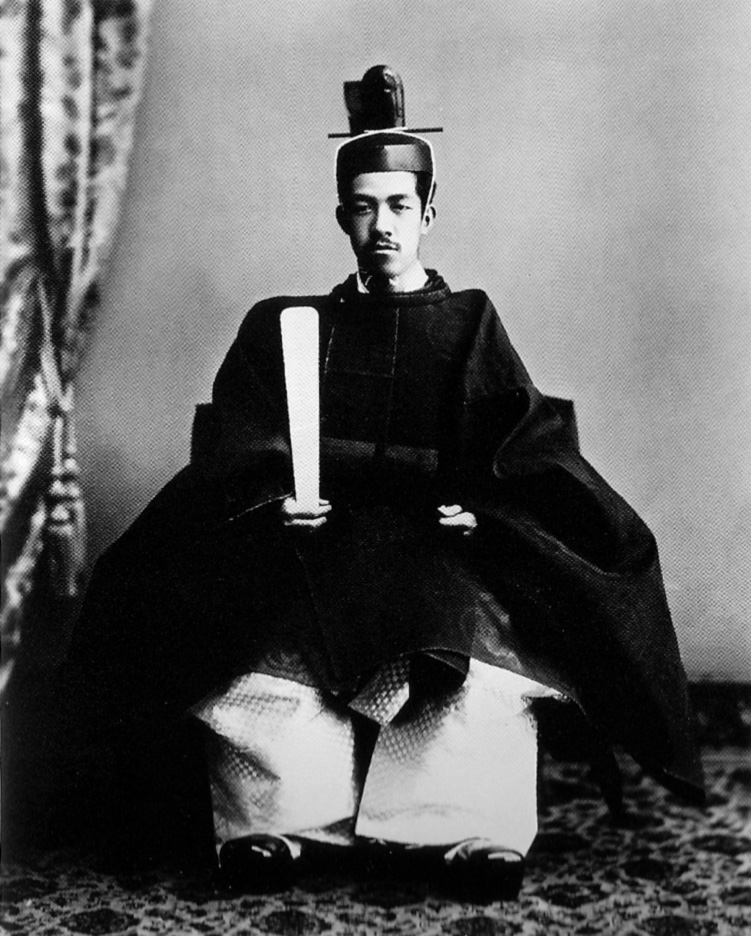
Emperor Taisho
Taisho’s Democracy
Now, let’s go to know about the democratic system in the Taisho period. In the Taisho period, there was a widely spread democracy. Democracy was started after the Russo-Japanese War, and it continued till the last part of the Taisho period in Japan.
It indicates a catholic liberal and democratic trend across the political, economic and cultural spheres. This is most evidently exhibited in politics, the delegate democracy of the Taisho democratic agitation.
After analyzing the Taisho period of Japan, I came into the last part of the article. The Taisho period is longer in Japanese history. The period about Emperor Taisho.
In the article, I tried to provide all the important and correct information collected from a valid source. I hope the article will be beneficial for you. Now, come to inform your opinion after reading the whole article.
What are your feelings after reading the thesis? Please, don’t forget to inform me by comment. If you think you will need more information about the topic or any other Japanese history period, please visit our other pages or leave a comment. Thank you for visiting the site. Please stay connected with our site to get more updated. If you want, you can also read about the Japanese History Timeline.

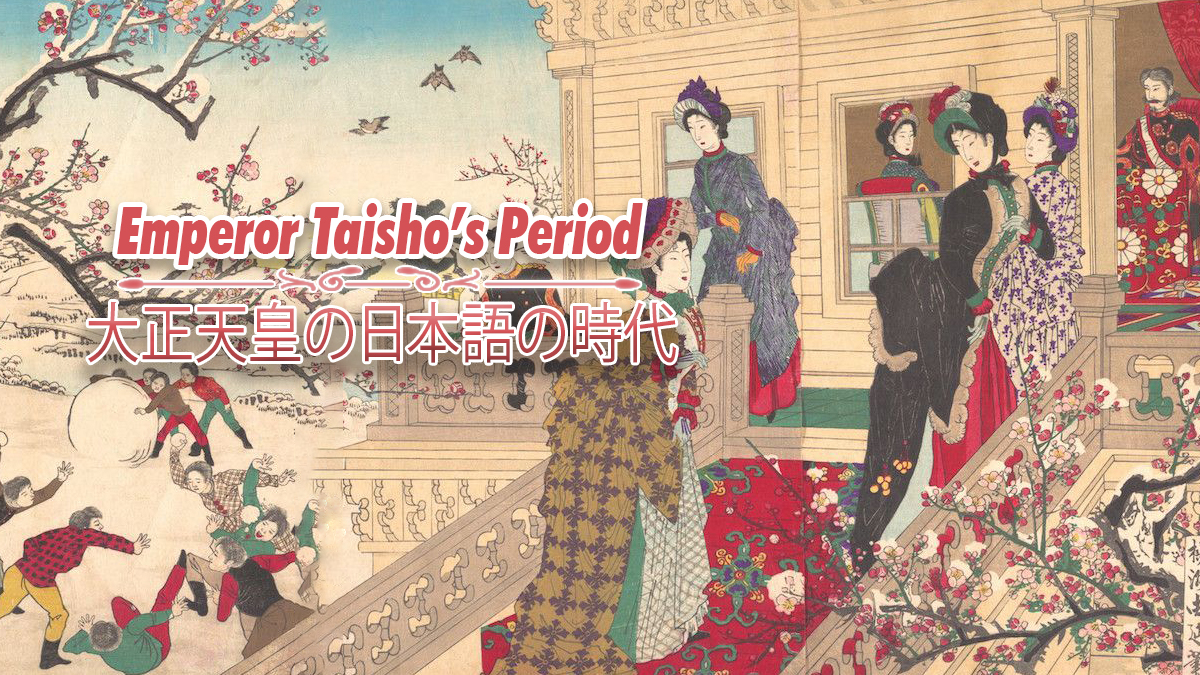
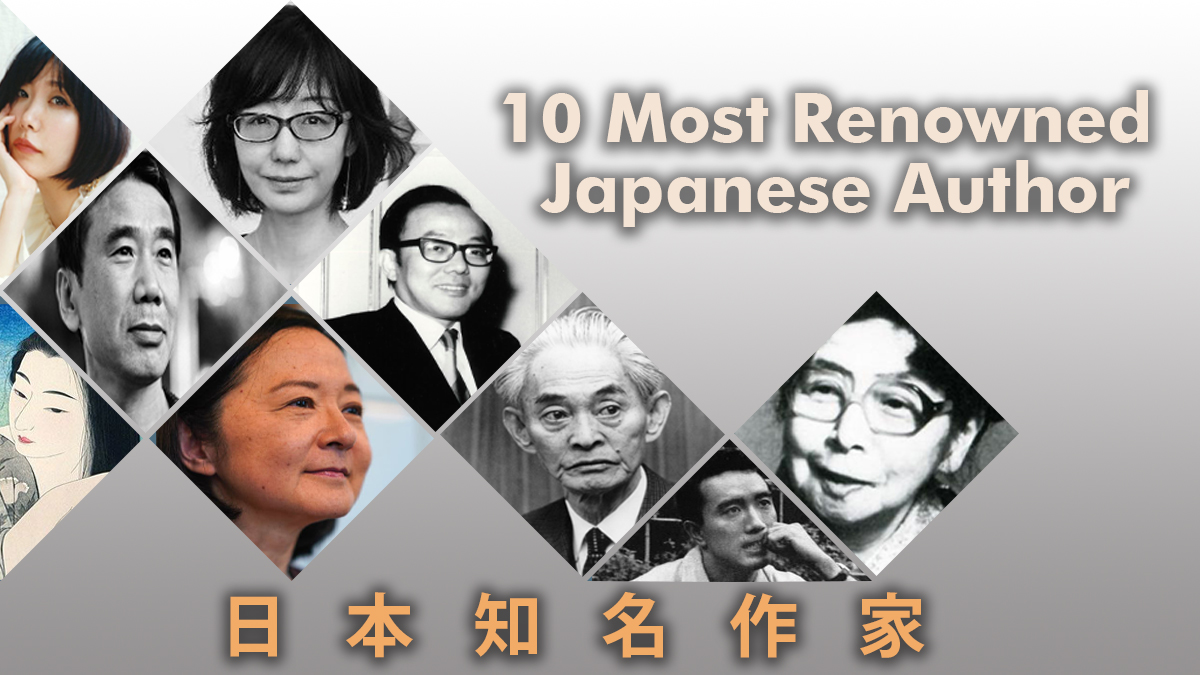
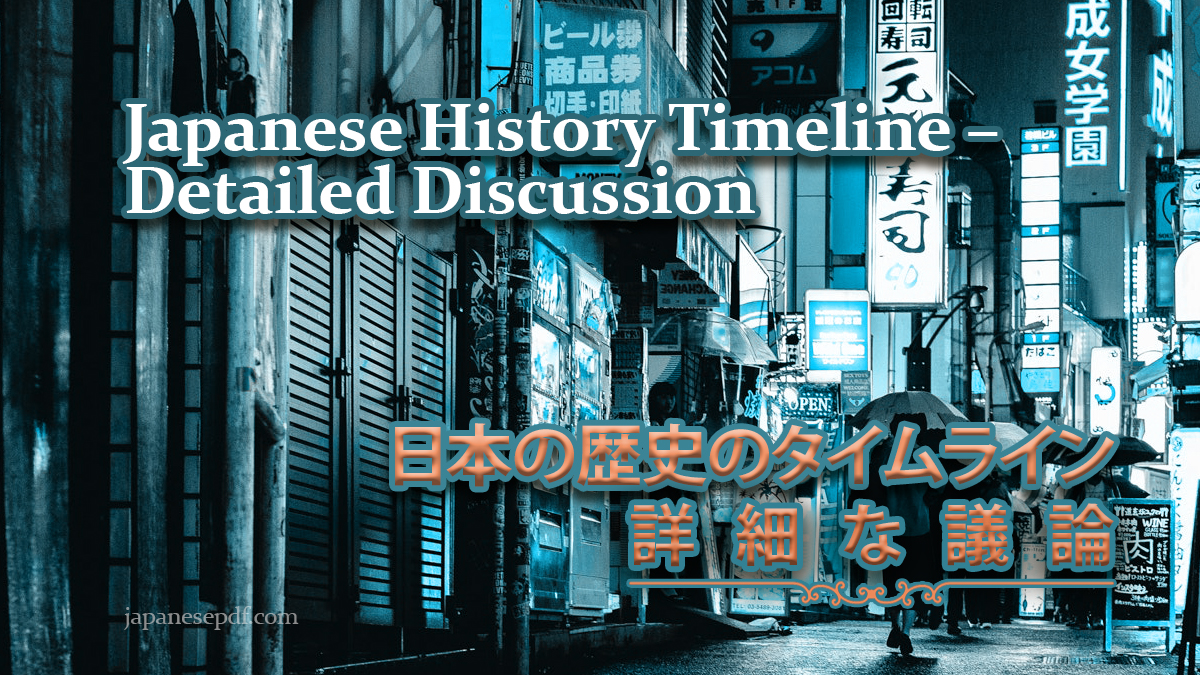

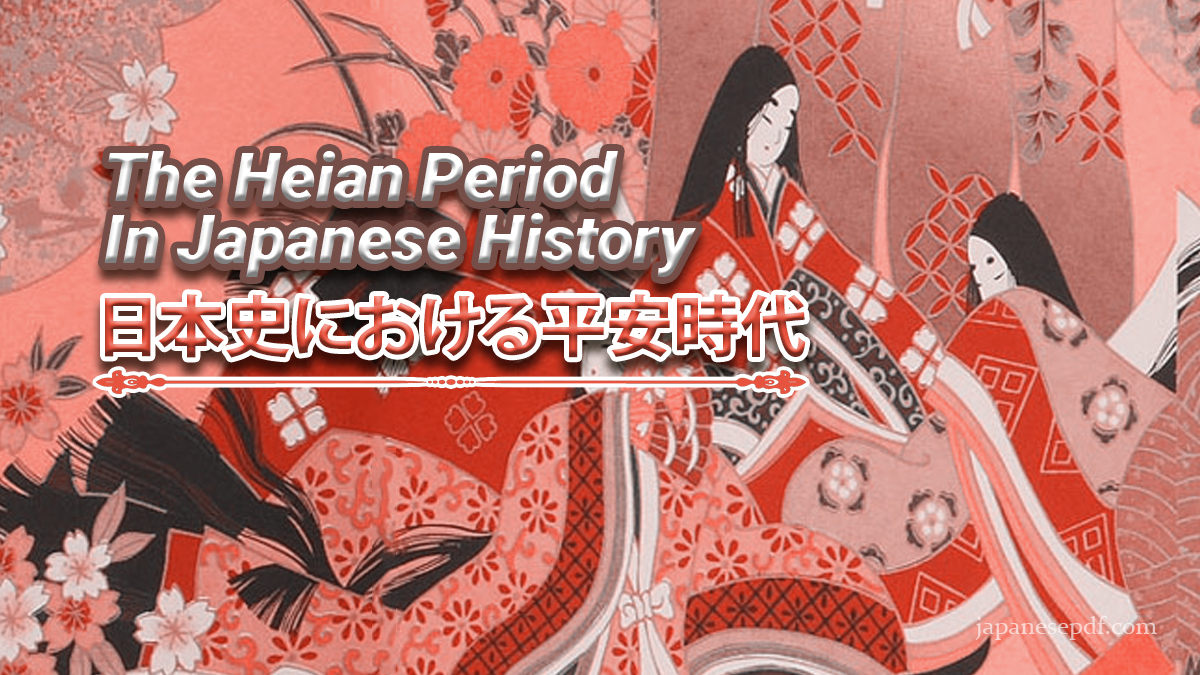
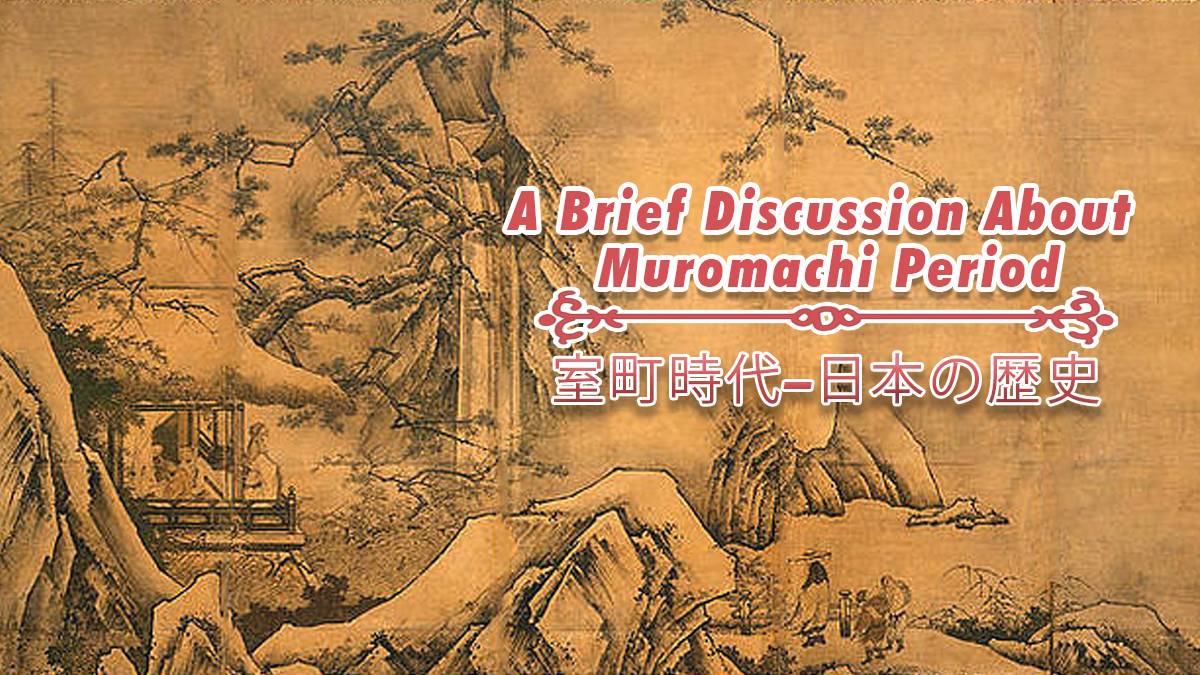
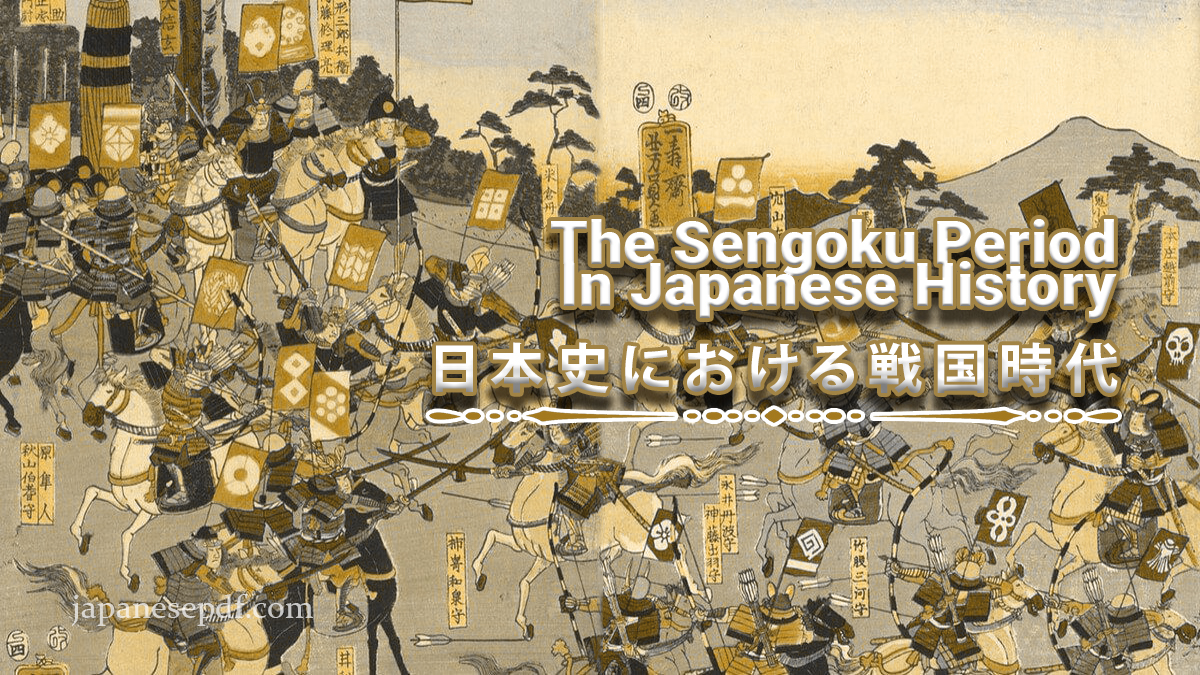
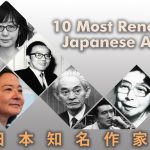
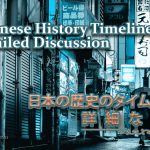



Comments